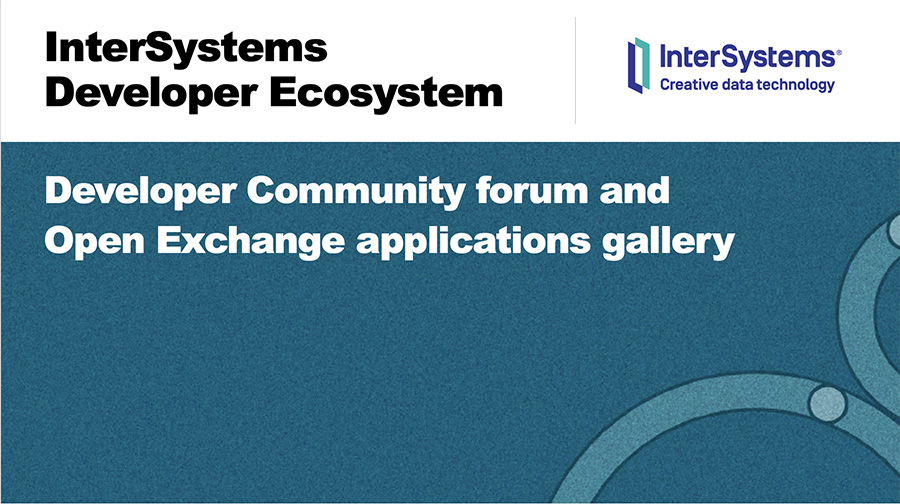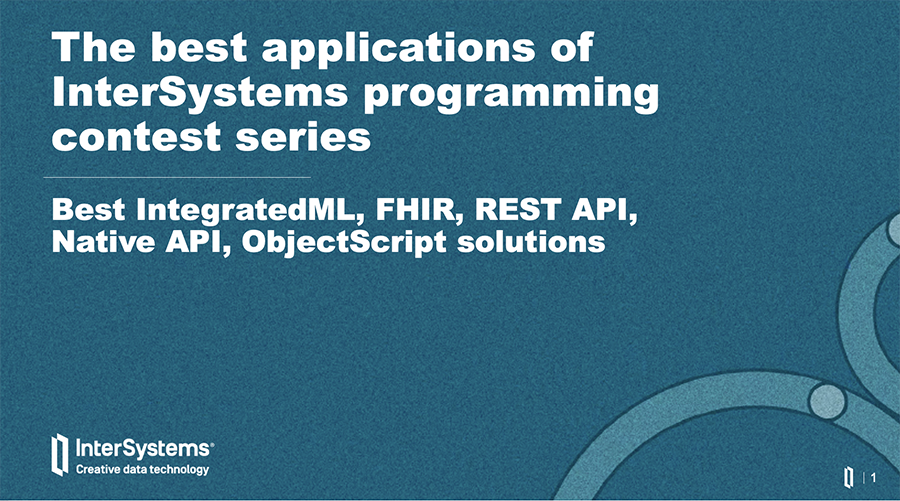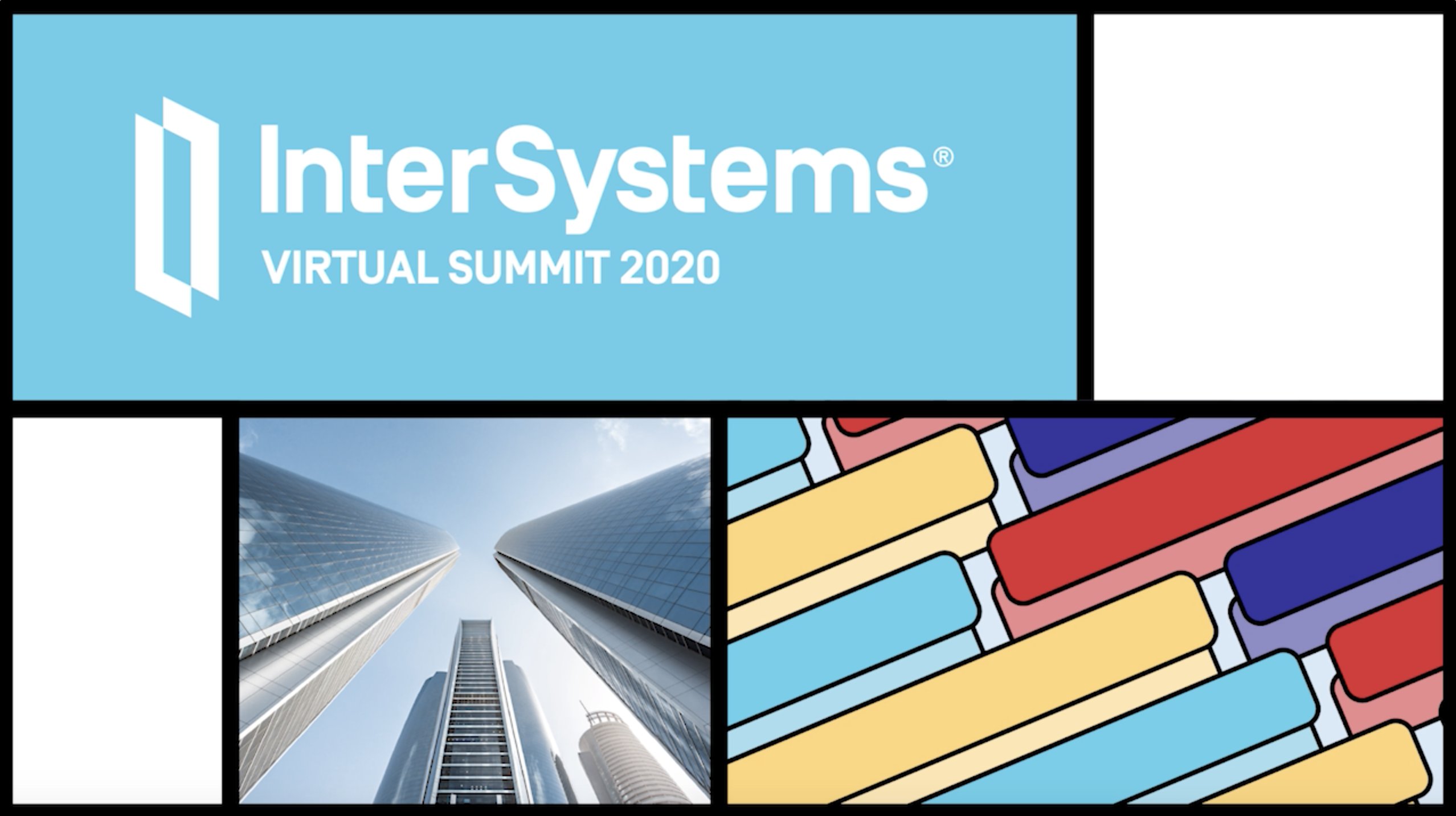Hey Developers,
We remind you about a great opportunity to make a live conversation with InterSystems Product Managers Team on Live Q&A Sessions at Virtual Summit 2020!
🗓 TODAY at 12:40 PM EDT at https://intersystems.6connex.com/event/virtual-summit/en-us/contents/434...
And now we've added more options to make it even easier for you to ask questions upfront:
✅ Submit your questions in the comments to this post
✅ Submit your question to our Discord Channel: discord.gg/WqVjtD
✅ Submit your questions to VS2020questions@InterSystems.com
✅ Send your question personally to @Anastasia Dyubaylo or @Evgeny Shvarov in Direct Messages on the community
✅ Submit your question to Q&A Chat on the conference platform during the session
Note: We will pass all your questions to the PM team, and you'll receive answers during the Live Q&A Sessions.






.png)
